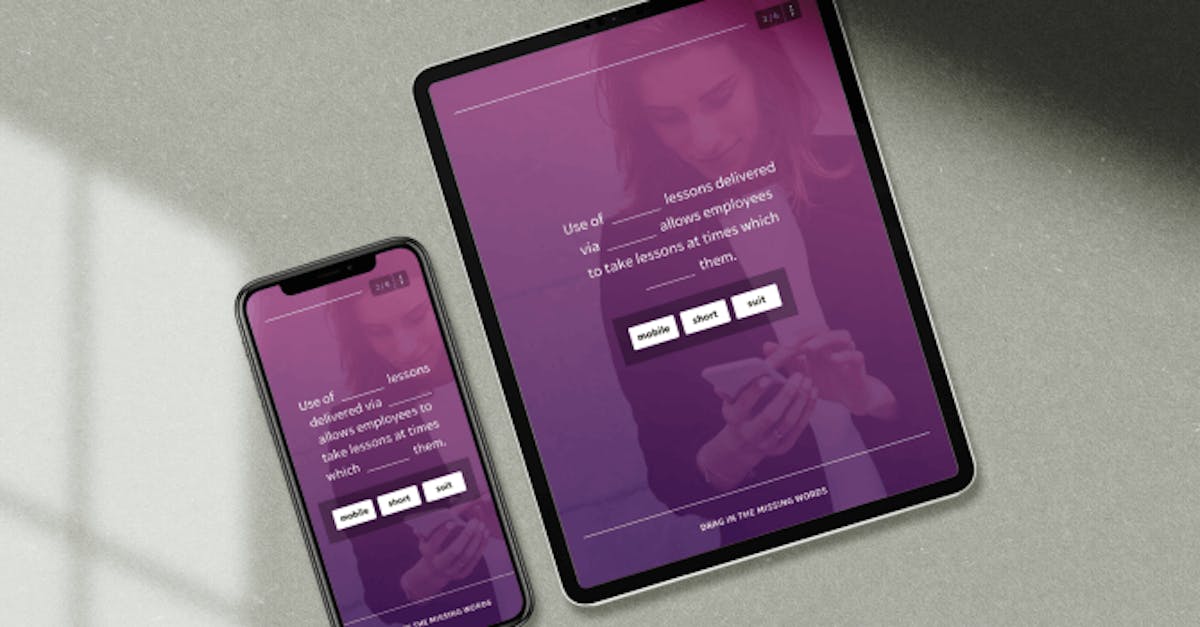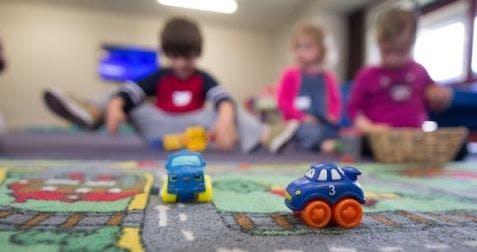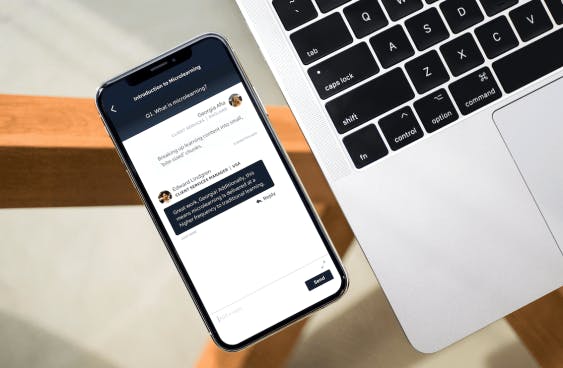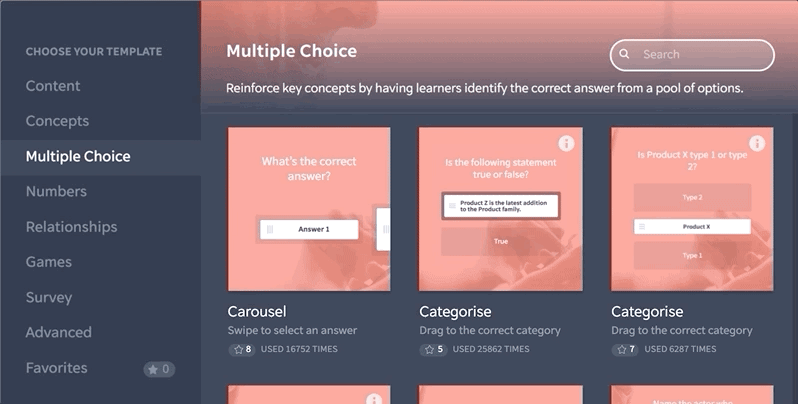The Marshmallow Challenge: What is it and why do we do it?

Whether it is at school, university, or in the workplace, the Marshmallow Challenge is tasked to promote social learning and collaboration. In the case of training and the workplace, the purpose of the challenge is to illustrate the importance of prototypes and iterations. The process also proves that success is often dependent on close collaboration while stimulating group innovation and creativity.
The Marshmallow Challenge and Marshmallow Definition
So what exactly does the challenge entail? Let’s explore below.
First, learners should be split up into small groups or teams of around five people. Next, the marshmallow challenge materials provided to groups are simple; 20 sticks of spaghetti, 1 meter of tape, 1 meter of string, and 1 marshmallow. And the task was to build a sturdy, freestanding structure with the marshmallow on top, in 18 minutes. Kind of like a marshmallow tower with toothpicks or spaghetti marshmallow tower.
With a focus on team collaboration, this simple exercise highlights how important working together is to produce a better understanding of the topic at hand. In the case of the Marshmallow Challenge, every group member will bring a different theory or idea of how the construction should be made. To achieve the best structure, more hands are better in maintaining the integrity of the structure. Rather than working alone, the Marshmallow Challenge inspires a shared learning experience, opening up more possibilities to successfully carry out the project.
The Marshmallow Challenge is an instructive design exercise that tests this ability within us as we are faced with a challenge without a concrete method. Our success is determined by the extent of collaboration and the execution of our teamwork skills.
So, what are the results? Let’s evaluate the strongest and weakest performers.
The Marshmallow Challenge Results
The Best Performer: Kindergarten Children
Perhaps surprisingly, the best overall results to come out of the Marshmallow Challenge are young kindergarten-aged children. According to Tom Wujec’s TED Talk, “Build a Tower, Build a Team,” this is because younger kids don’t typically have a strong urge to outperform their peers (yet). In fact, they collaborate freely and naturally and are more comfortable with iteration compared to their adult counterparts.
Thanks to their naturally-collaborative nature, young children are inclined to approach the problem with creativity and a focus on solutions, rather than getting caught up in linear, ego-driven results. As a collective, these children are typically successful in the TED Talk's marshmallow experiment by keeping the marshmallow at the top for the entirety of the challenge, with the structure coming after.

The Poor Performer: Recent University Graduates
It's a common misconception amongst recent graduates that there is one correct solution. And the reason why this group is commonly the poorest performer is that their time is focused on finding one specific plan that is actually nonexistent, rather than finding a collective solution.
Unlike kindergarten children, adult teams are often running out of time or the masterpiece collapses after the marshmallow is stuck on the top. Furthermore, recent university graduates tend to focus not only on building the best structure but also the tallest and most interesting.
What Can We Take Away From the Marshmallow Challenge Solution?
1. Collaborate
The results of this challenge teach us that successful collaboration is diminishing as we age. We all know the importance of collaboration since it enriches concepts and embeds knowledge in a deeper sense when it comes to learning. Further, collaborative work breeds critical thinking.
Because of this, collaboration should be introduced throughout modern learning strategies to give learners the opportunity to learn and grow from each other. The award-winning and completely free learning platform, EdApp, knows the value of collaboration. In fact, the leading microlearning platform includes built-in features specifically designed to boost social learning to ultimately support collaboration. Specifically, EdApp’s Discussions and Assignments feature means that learners can seamlessly, collectively share responses and contributions. This feature also includes a coaching option to help give learners direction or feedback, where needed.

Ultimately, collaboration is paramount in achieving objectives, and platforms like EdApp help achieve this through interactive, beautiful microlessons.
2. Prototype
Prototyping is important for experimental learning and facilitates teams to work together simultaneously. This is enabled by LMS using cloud-based delivery systems like EdApp. This award-winning and free platform allows content authors to easily edit or update information which is then instantly available for learners. EdApp has a collection of impressive built-in features, including an editable content library, which is full of high-quality lessons that are ready for you to edit and deploy to your teams. It also includes a vast library of ready-made templates, meaning you don’t need waste extra time or money on complex coding. The microlearning platform is intuitive and easy to use, enabling anyone to author beautiful, engaging, and interactive microlearning content. And the best part? It’s completely free for you to train your teams.
3. Iterate
With a leading LMS like EdApp, building courses is made easy since it hosts a library of completely free, editable and high-quality learning content for you to pick and choose to train your teams. Beyond the content, EdApp also boasts a template library of over 50 intuitively designed templates that are suited to a diverse set of learning methodologies, even for adults that might not naturally embrace iteration.

4. Keep information central
Keeping all relevant information central is pivotal in the functionality and dynamism of teams. When teams are well-informed of the happenings and perspectives around them, a more holistic approach is taken to achieve objectives. Good authoring tools allow learners to store and manage all pieces of material in one place.
The lesson: experimentation, prototyping, and iterating are essential to team success.
If you would like to learn more about how to build the most effective employee training strategy!
If you’d like to know more about how EdApp’s mobile learning platform can help your internal training practices, get in touch at enquiries@edapp.com. You can also try EdApp’s Mobile LMS and authoring tool – which is completely free – by signing up here.
Curated course examples
Author
Guest Author Daniel Brown
Daniel Brown is a senior technical editor and writer that has worked in the education and technology sectors for two decades. Their background experience includes curriculum development and course book creation.
